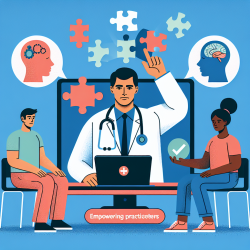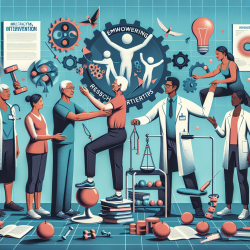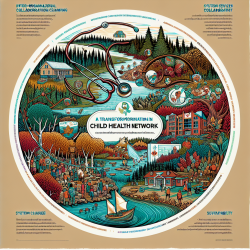Introduction
Stroke rehabilitation is a complex field that requires a nuanced understanding of both the visible and invisible impacts of ischemic strokes. Recent research, such as the study "Mapping Remote Subcortical Ramifications of Injury after Ischemic Strokes," sheds light on how subcortical disconnections can lead to functional impairments. This blog aims to help practitioners enhance their skills by implementing findings from this study and encouraging further research into connectivity-based approaches.
Understanding Subcortical Disconnection
The study highlights that ischemic strokes often result in subcortical disconnections that extend beyond the visible necrotic tissue. These disconnections can affect major white matter pathways, leading to symptoms that are functionally equivalent to direct cortical lesions. For practitioners, this means that traditional MRI scans might not fully capture the extent of brain damage, and additional methods are necessary to evaluate the full impact of a stroke.
Implementing Connectivity-Based Approaches
Practitioners can enhance their rehabilitation strategies by incorporating connectivity-based approaches that assess the full extent of white matter disconnections. This involves utilizing advanced imaging techniques like diffusion MRI to map the brain's connectome and identify areas of reduced connectivity. By understanding the relationship between lesion location and symptoms, practitioners can tailor interventions to address both visible and invisible impairments.
Encouraging Further Research
The findings from this study underscore the need for continued research into the remote effects of ischemic strokes. Practitioners are encouraged to explore how connectivity-based approaches can improve rehabilitation outcomes. By participating in research studies or collaborating with academic institutions, practitioners can contribute to the growing body of knowledge on stroke rehabilitation and potentially uncover new therapeutic avenues.
Conclusion
The study "Mapping Remote Subcortical Ramifications of Injury after Ischemic Strokes" offers valuable insights into the hidden impacts of strokes. By implementing connectivity-based approaches and encouraging further research, practitioners can enhance their skills and improve patient outcomes. To read the original research paper, please follow this link: Mapping Remote Subcortical Ramifications of Injury after Ischemic Strokes.










